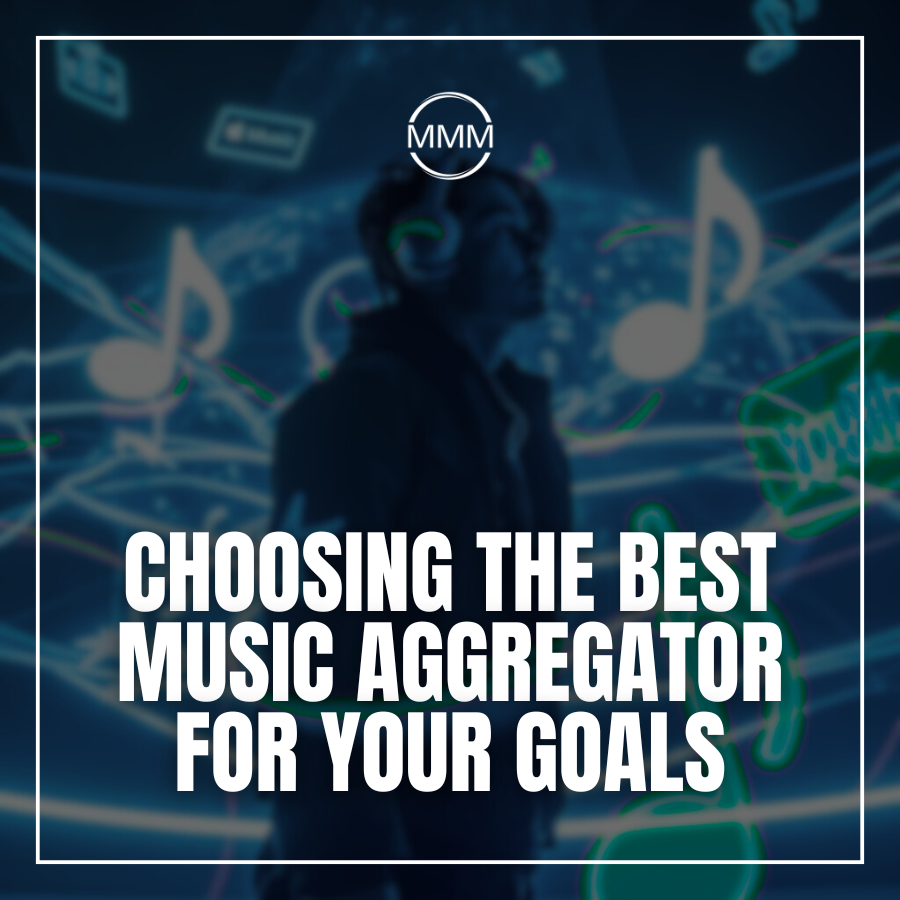Choosing the Best Music Aggregator for Your Goals
Releasing music today is easier than ever — but choosing the right music aggregator can make or break your strategy. A music aggregator (also called a digital distributor) is the bridge that gets your songs onto platforms like Spotify, Apple Music, Amazon, and YouTube.
The trick is that not all aggregators are created equal. Some are designed for independent artists dropping singles every month, while others are better for labels, niche genres, or artists looking for publishing support. The key is finding one that fits your genre, career stage, and goals.
Let’s dive into this topic with 92MMM to figure out which one suits you the most!

Why Choosing the Right Music Aggregator Matters
Picking the wrong aggregator can leave you stuck with:
- Higher fees that eat into your revenue.
- Delayed royalty payouts.
- Limited reach to the platforms where your fans actually listen.
- Missing tools like publishing admin, playlist pitching, or sync licensing.
The right choice helps you keep more royalties, expand globally, and align with your creative strategy.
Factors to Consider When Choosing a Music Aggregator
1. Budget and Pricing Model
Ask yourself: Do I want to pay per release, annually, or share royalties?
- DistroKid: Annual fee, unlimited uploads — perfect for prolific artists.
- CD Baby: One-time per release, takes a small cut — better if you release occasionally.
- Amuse: Free option with revenue share — great for new artists testing the waters.
2. Genre-Specific Strengths
Some aggregators excel in particular spaces:
- Hip-Hop & R&B: Amuse and DistroKid are popular for frequent singles and playlist access.
- Electronic & Dance: Label-focused platforms like Label Engine or ONErpm often give DJs tools for Beatport and SoundCloud integration.
- Singer-Songwriters & Acoustic Artists: TuneCore offers publishing support and YouTube monetization.
- Indie Bands & Alt Rock: CD Baby and Ditto Music provide physical distribution and PR add-ons.
3. Royalty Structure & Payouts
- Some aggregators let you keep 100% royalties (e.g., TuneCore, DistroKid).
- Others take a small percentage but provide extra services (e.g., AWAL, ONErpm).
- Check payout frequency — some platforms offer monthly payouts, while others only pay quarterly.
4. Career Goals & Long-Term Vision
- Just starting out? Choose a simple, budget-friendly platform like Amuse Free or DistroKid.
- Building a brand/label? Go with Ditto Music or ONErpm for label-style tools.
- Looking for playlist pitching & sync deals? AWAL and TuneCore’s Publishing Admin might be better.
- Touring globally or scaling? ONErpm and CD Baby provide marketing, sync, and physical options.
5. Extra Features That Can Make a Difference
- Publishing admin → helps you collect royalties worldwide.
- YouTube monetization → essential if your genre thrives on visuals.
- Split royalties → perfect for collabs and producers.
- Marketing tools → pre-save links, smart links, playlist pitching.
Pro Tips for Choosing the Right Aggregator
- Read the fine print — know exactly what cut they take and what rights you’re giving away.
- Start small, scale later — it’s fine to begin with DistroKid or Amuse, then move to AWAL or ONErpm as your career grows.
- Match your genre needs — EDM artists need Beatport, while indie bands might need physical CDs.
- Check support quality — fast, reliable customer service can save your release day.
Final Thoughts
Choosing the right music aggregator for your genre and goals is one of the most important business decisions you’ll make as an indie artist. Don’t just follow hype — look at your release strategy, your budget, and the platforms where your fans are.
The right aggregator will save you money, grow your audience, and keep your royalties safe.

